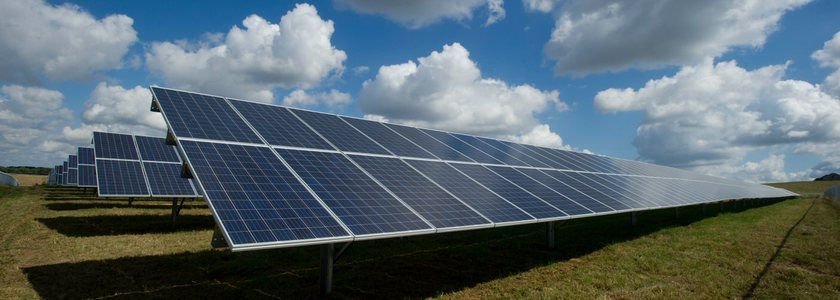

Solar Energy On Sale
In a previous article, the great potential for solar energy to meet the world’s energy needs was illustrated, showing that the available solar energy over Earth’s land surfaces is several orders of magnitude higher than the combined world energy usage in any particular year. Even more promising news, in the realm of photovoltaic (solar panel) technology, is the steep decline in its cost since this technology’s infancy. Since 1980, the cost of solar photovoltaic modules has decreased by 99%.
A 2018 study by researchers at MIT aimed to identify the causes behind this precipitous cost decline. They found, as other previous studies have also shown, that improved efficiency (amount of power generated from a given amount of sunlight) was the most important driver of cost, at 23%. Other important factors were the cost decrease in the materials used to make PV modules: including silicon, glass, laminate, and wire.
In addition to these low-level (technology-specific) drivers of cost, high-level factors, such as research and development and economies of scale (the more product you make the cheaper individual units cost), were also shown to be important contributors to the cost decline. In the future, continued research and development funding (both public and private) as well as larger manufacturing plant sizes are projected to keep the cost of solar panel technology headed down.






